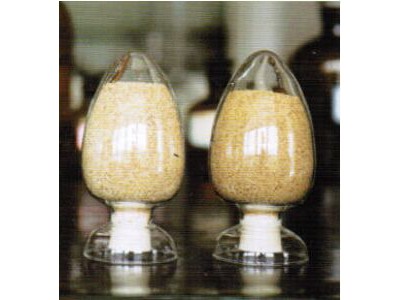Choline (2-hydroxyethyl-trimethyl ammo
nium hydroxide) is usually classified into the B complex vitamin family (commo
nly called vitamin B4). It is a low-molecular organic compound necessary for the maintenance of physiological functions in the animal body. It can be synthesized in the animal body, but it often needs to be added to the feed. It is the mo
nomer vitamin with the largest added amount in the feed. It can regulate fat me
tabolism and transformation in animals, prevent fat deposition and tissue degeneration in the liver and kidney, promote the reformation of amino acids, improve the utilization of amino acids, and save part of methionine.
Choline chloride is currently the most commonly used and most economical form of choline, which is mainly used as additives to be mixed into animal feed. It should be noted that all feeds always use the addition of choline chloride as the last process, because it has a destructive effect on other vitamins, especially when there are metal elements, it destroys vitamins A, D, and K more quickly. Choline should not be added to multi-dimensional preparations, and the compound feed after adding choline chloride should be used as soon as possible.












